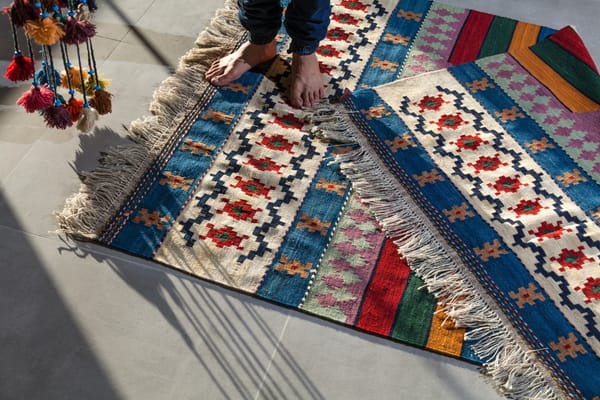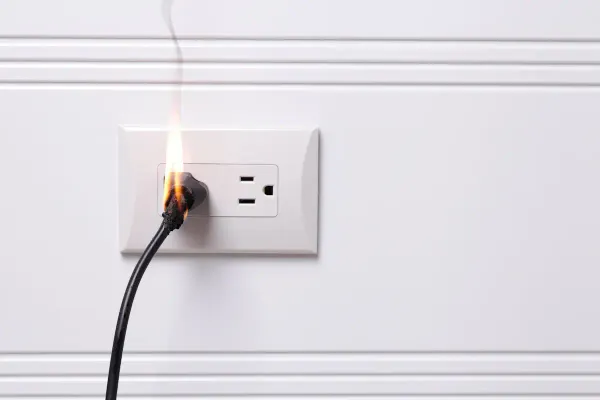Gravel, a seemingly simple material, plays a pivotal role in various landscaping projects. From creating elegant driveways to serene garden paths, the use of gravel is as diverse as it is essential. However, the key to leveraging its full potential lies in mastering the art of gravel measurement. This comprehensive guide delves into the nuances of calculating gravel needs, ensuring your landscaping projects are not only aesthetically pleasing but also functionally sound.
The Critical Importance of Accurate Gravel Measurements
Accurate gravel measurement is not just a matter of logistics; it's a cornerstone of project success. Overestimating your gravel needs can lead to significant financial waste, while underestimating can cause frustrating delays and disruptions. This guide aims to navigate you through the complexities of gravel measurement, ensuring your projects remain on track, both financially and timewise.
Deciphering the Factors That Influence Gravel Requirements
The amount of gravel required for any given project is influenced by a variety of factors. These include the overall size of the project, the specific purpose of the gravel (be it for drainage, decoration, or structural support), and the type of gravel chosen. Each project presents its own set of unique requirements and challenges, making it crucial to understand these factors for precise gravel measurement.
A Detailed Guide to Calculating Gravel Needs
At its core, the formula for gravel calculation is relatively straightforward: Length x Width x Depth. However, this formula requires adjustments and refinements based on the specifics of your project and the type of gravel you are using. For more accurate and tailored calculations, tools like the Omni Gravel Calculator offer invaluable assistance.
Navigating the World of Gravel Types
The selection of the appropriate type of gravel is a critical decision in your landscaping journey. The range of options is vast, from the smooth and decorative pea gravel ideal for garden paths, to the more robust crushed stone suited for driveways. This guide delves into the various types of gravel available, providing you with the necessary information to make an informed selection based on size, color, durability, and maintenance requirements.
Budgeting with Precision: Estimating Gravel Costs and Quantities
Understanding the cost implications of gravel is essential for effective budgeting. Gravel prices are influenced by factors such as the type of gravel, its quality, and geographical location. This guide will assist you in comprehending these pricing factors, including how to factor in delivery costs and any additional fees, to accurately estimate the overall cost of your gravel needs.
Expert Tips for Ordering and Installing Gravel
Ordering the right amount of gravel is a delicate balance that requires consideration for potential spillage and compaction. It's often recommended to order a bit more than your calculations suggest to accommodate these factors. Moreover, this guide offers insights into best practices for gravel installation, ensuring the longevity, functionality, and aesthetic appeal of your gravel-based projects.
Conclusion
Mastering the measurement of gravel is a fundamental aspect of successful landscaping. With the right knowledge and tools, such as those provided by Omni Calculator and ArtFacade, you can approach your outdoor projects with confidence and precision. This guide aims to empower you with the expertise to ensure that your landscaping projects are not only visually stunning but also structurally sound and economically viable.
Selecting the Appropriate Gravel Type
Choosing the right gravel type is essential for your project's success. Options range from pea gravel for paths to crushed stone for driveways. This guide offers a detailed look at various gravel types, helping you make an informed choice based on size, color, durability, and maintenance needs.
Budgeting for Gravel: Cost and Quantity Estimates
Gravel costs vary depending on type, quality, and location. This guide will help you understand these pricing factors and how to include delivery costs and additional fees in your overall budget.
Tips for Ordering and Installing Gravel
Ordering the correct gravel amount means accounting for potential spillage and compaction. It's advisable to order slightly more than your calculations suggest. This guide also covers installation best practices to ensure your gravel project's longevity and aesthetic appeal.
Conclusion
Mastering gravel measurement is key to the success of any landscaping project. With the right knowledge and tools, such as those provided by Omni Calculator and ArtFacade, you can confidently embark on your outdoor projects, ensuring they are both beautiful and functional.






